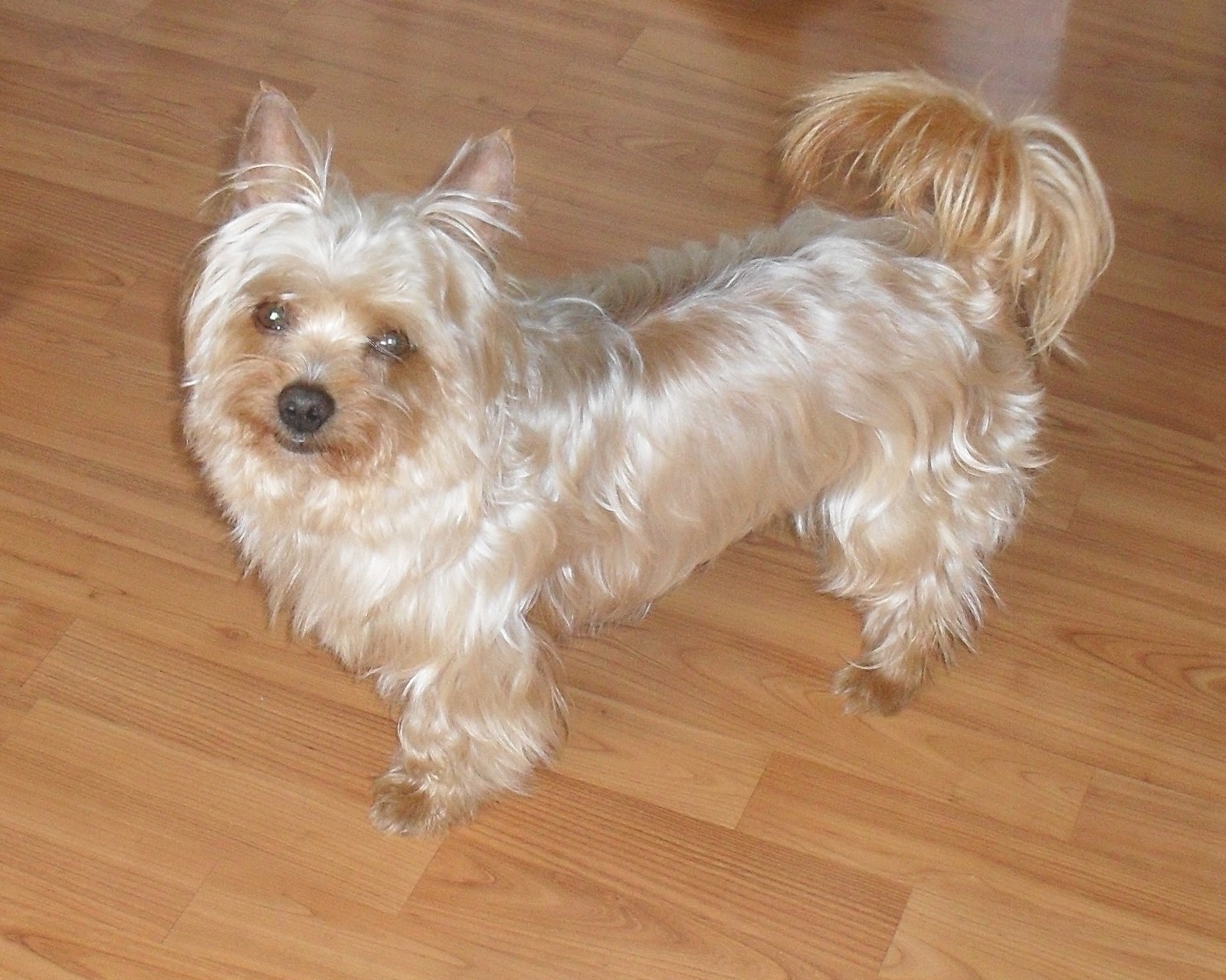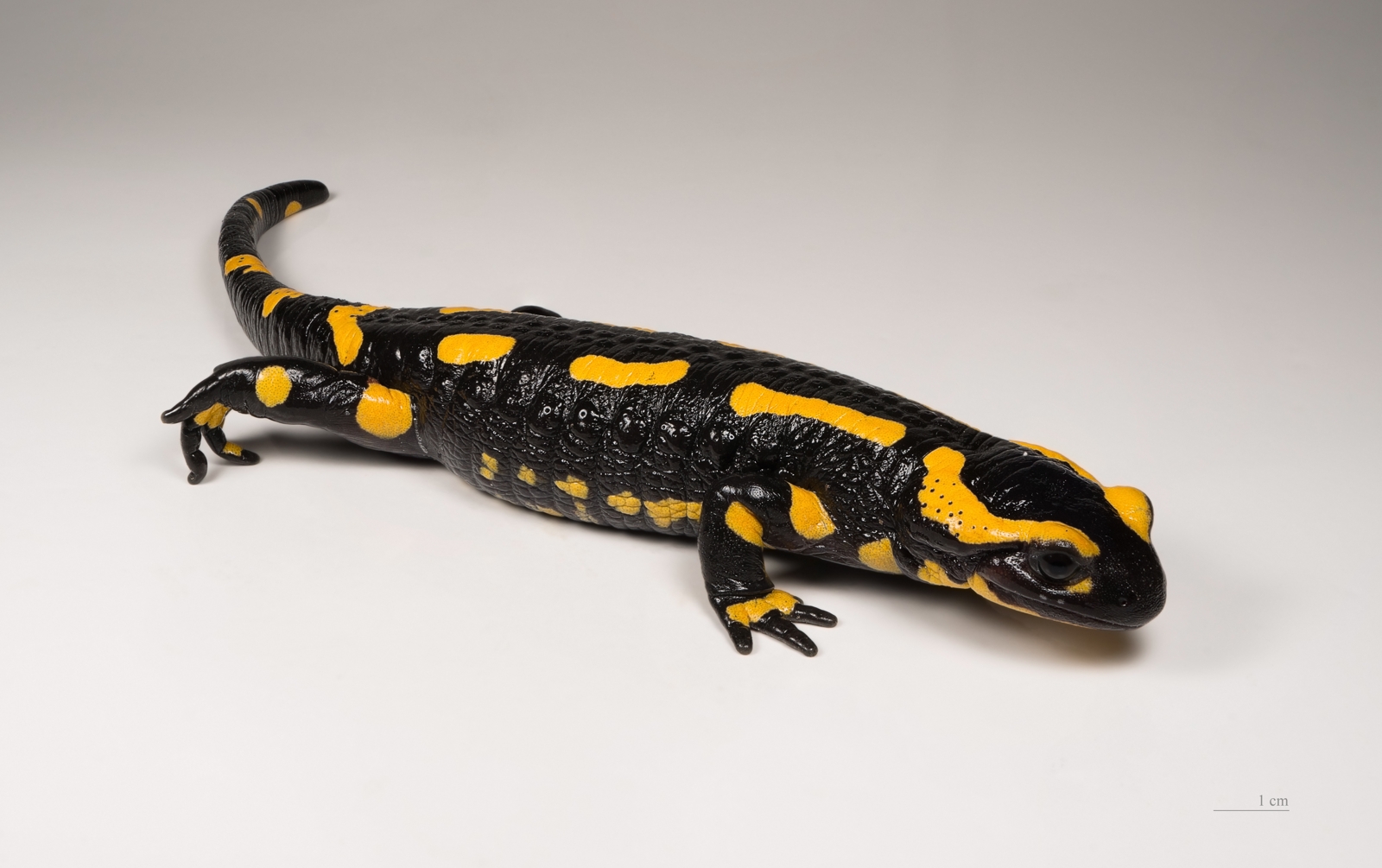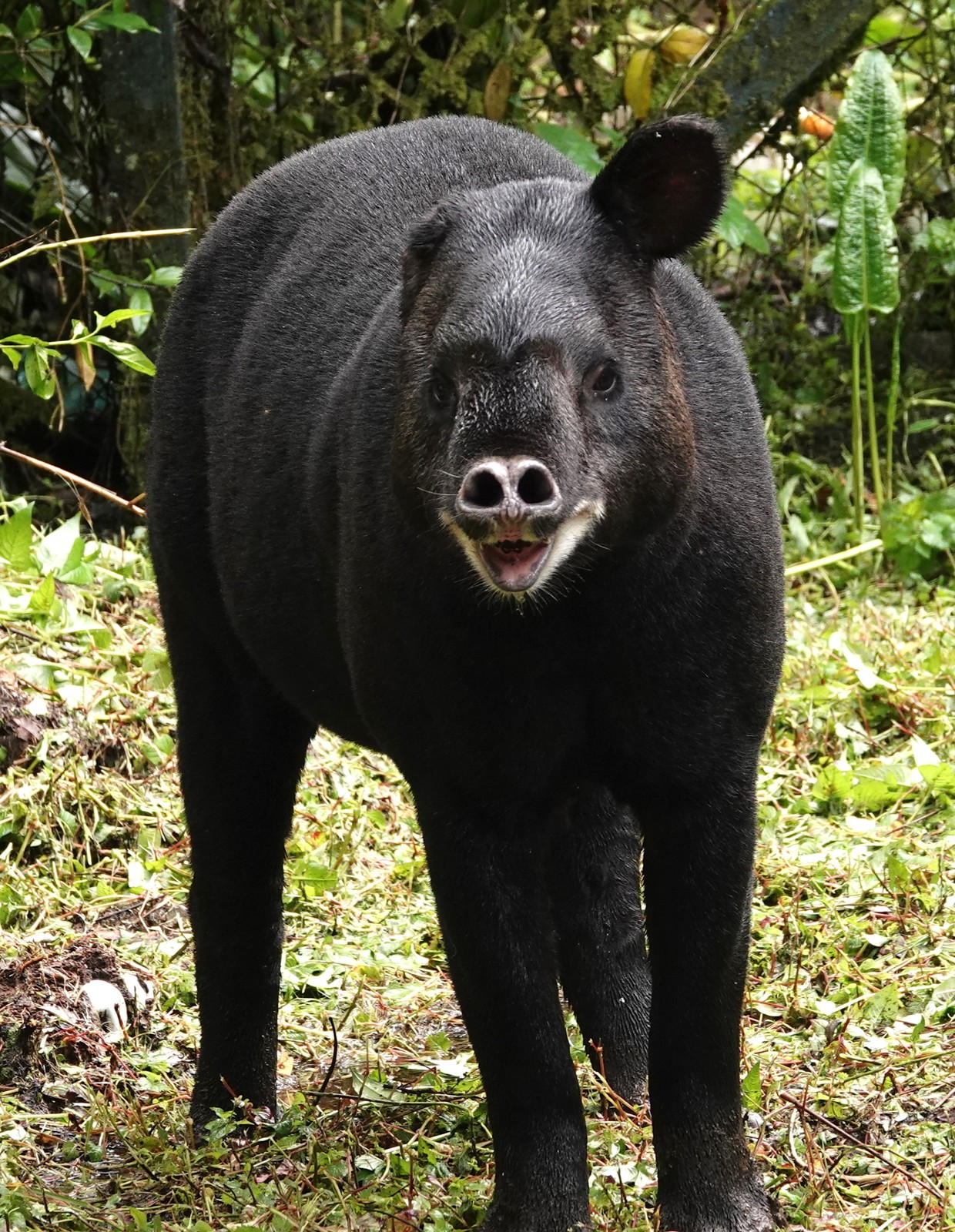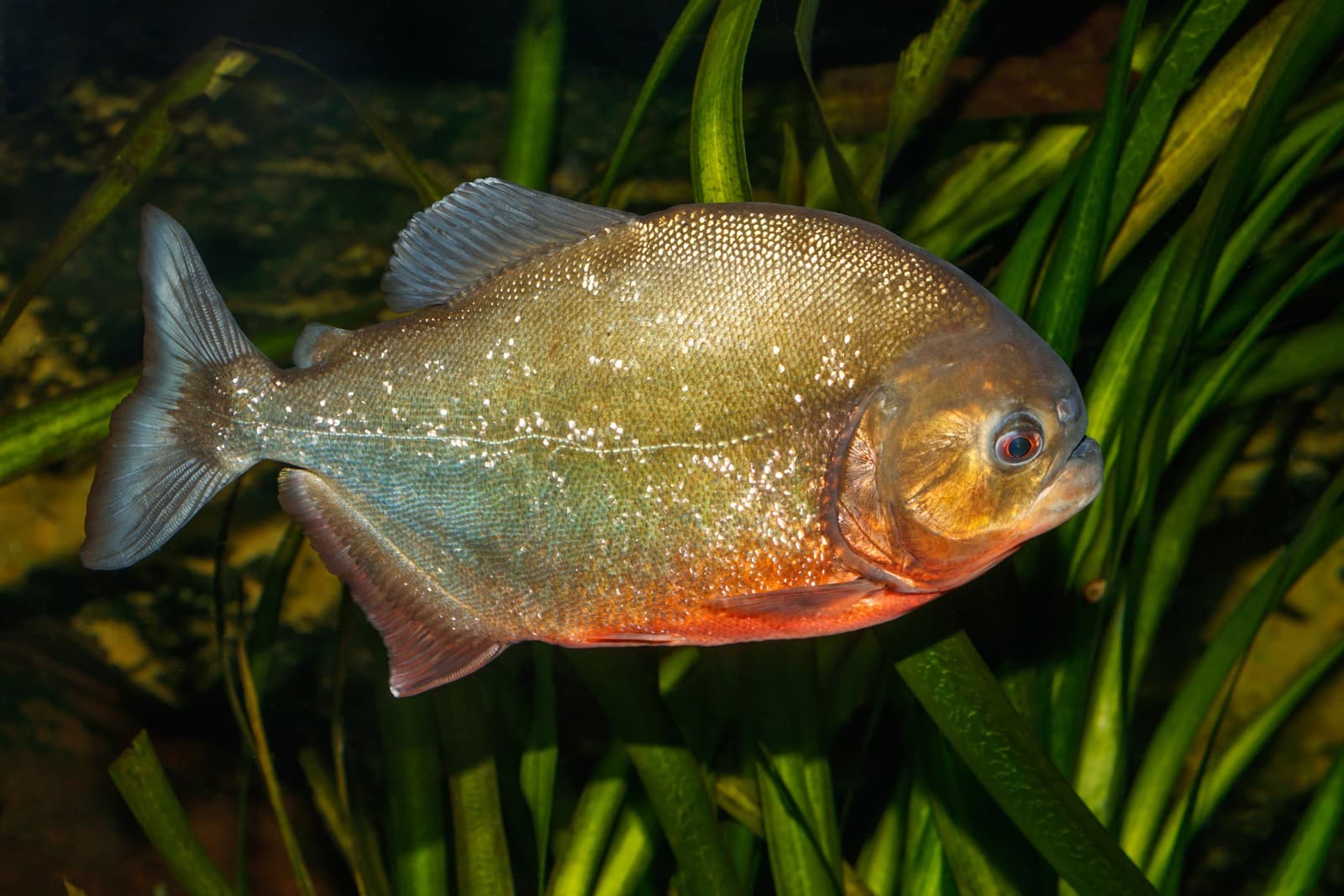Chihuahua vs Yorkshire Terrier: A Complete Comparison
When comparing the Chihuahua vs Yorkshire Terrier, both breeds stand among the world’s smallest dogs, yet possess distinctly different histories and characteristics. While Chihuahuas typically weigh 2-6 pounds (0.9-2.7 kg), Yorkshire Terriers average 4-7 pounds (1.8-3.2 kg), making them similarly sized companions with notably different temperaments and care requirements.
These diminutive breeds share popularity as apartment-friendly pets, but their backgrounds couldn’t be more different. Chihuahuas trace their ancestry to ancient Mexican civilizations, while Yorkshire Terriers were developed in 19th century England as ratters in textile mills. This heritage influences their modern personalities and behavior patterns in fascinating ways.

© Banne27 / CC BY-SA 4.0
The Chihuahua’s distinctive apple-domed head and alert expression showcase the breed’s ancient lineage. These compact canines pack remarkable personality into their tiny frames, demonstrating why they’ve maintained popularity for centuries.

© Sciencia58 / CC0
Yorkshire Terriers exhibit the refined elegance that earned them the nickname “The Tomboy Toy.” Their silky coat and confident stance reflect their transformation from working-class ratters to beloved companion animals.
Key Differences: Chihuahua vs Yorkshire Terrier
| Feature | Chihuahua | Yorkshire Terrier |
|---|---|---|
| Weight | 2-6 lbs (0.9-2.7 kg) | 4-7 lbs (1.8-3.2 kg) |
| Height | 5-8 inches (13-20 cm) | 7-8 inches (18-20 cm) |
| Lifespan | 12-20 years | 13-16 years |
| Grooming Needs | Low to moderate | High |
| Exercise Requirements | Low (20-30 min/day) | Moderate (30-45 min/day) |
| Temperament | Bold, loyal, protective | Energetic, brave, intelligent |
Temperament and Personality Differences
Yorkshire Terriers retain their working dog instincts, displaying high energy levels and a natural prey drive. They excel in agility sports and require consistent mental stimulation. Despite their small size, Yorkies maintain the confident, fearless nature characteristic of terrier breeds.
Chihuahuas, conversely, typically form intense bonds with one primary caregiver. Their protective nature can make them somewhat suspicious of strangers, though proper socialization helps moderate this tendency. These intelligent dogs often display a surprising boldness that belies their tiny stature.
Health and Care Requirements
Yorkshire Terriers demand significant grooming attention due to their long, silky coat that continues growing throughout their lives. Daily brushing and regular professional grooming are essential to prevent matting and maintain coat health. Their dental health also requires vigilant attention due to their small jaws.
Chihuahuas have more modest grooming needs but require careful attention to their body temperature regulation. Their small size makes them susceptible to cold weather, necessitating appropriate clothing in chilly conditions. Both breeds benefit from dental hygiene routines to prevent common small-breed dental issues.
Training and Socialization
Both breeds demonstrate high intelligence but can present unique training challenges. Yorkshire Terriers respond well to positive reinforcement techniques, particularly when training sessions engage their natural problem-solving abilities. Their terrier heritage makes them occasionally stubborn, requiring consistent, patient training approaches.
Chihuahuas benefit from early socialization to prevent excessive wariness of strangers. Their strong personalities can lead to “small dog syndrome” without proper boundaries and training. Both breeds excel in basic obedience and can master complex commands despite their diminutive size.
Living Environment and Exercise Needs
While both breeds adapt well to apartment living, their exercise requirements differ notably. Yorkshire Terriers need regular physical activity and mental stimulation to prevent destructive behaviors. Their terrier background drives them to explore and investigate their surroundings actively.
Chihuahuas require less intensive exercise but benefit from regular short walks and play sessions. Their small size makes them particularly suitable for urban living, though they still need appropriate outlets for their energy and intelligence.
Making the Choice: Which Breed Is Right for You?
The choice between a Chihuahua and Yorkshire Terrier often comes down to lifestyle compatibility. Yorkshire Terriers suit active owners who can commit to regular grooming and exercise routines. Their adaptable nature makes them excellent travel companions, while their intelligence supports various dog sports and activities.
Chihuahuas excel as devoted companion animals for owners seeking a bold personality in a compact package. Their lower grooming requirements and exercise needs make them ideal for less active lifestyles, though they still demand consistent attention and affection from their chosen people.
Both breeds can thrive in various living situations when provided with appropriate care, training, and attention to their unique needs. The decision ultimately rests on matching the breed’s characteristics with the owner’s lifestyle and expectations for a canine companion.









